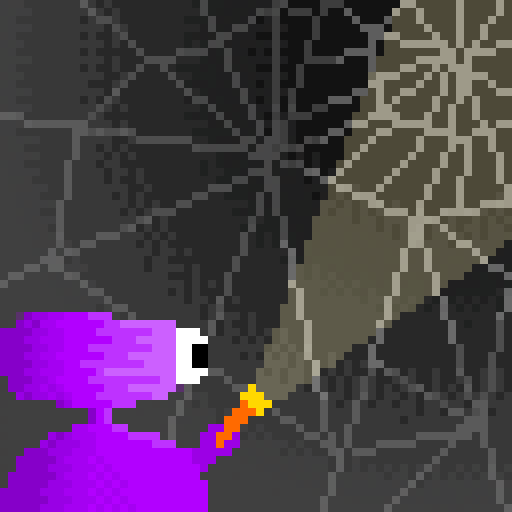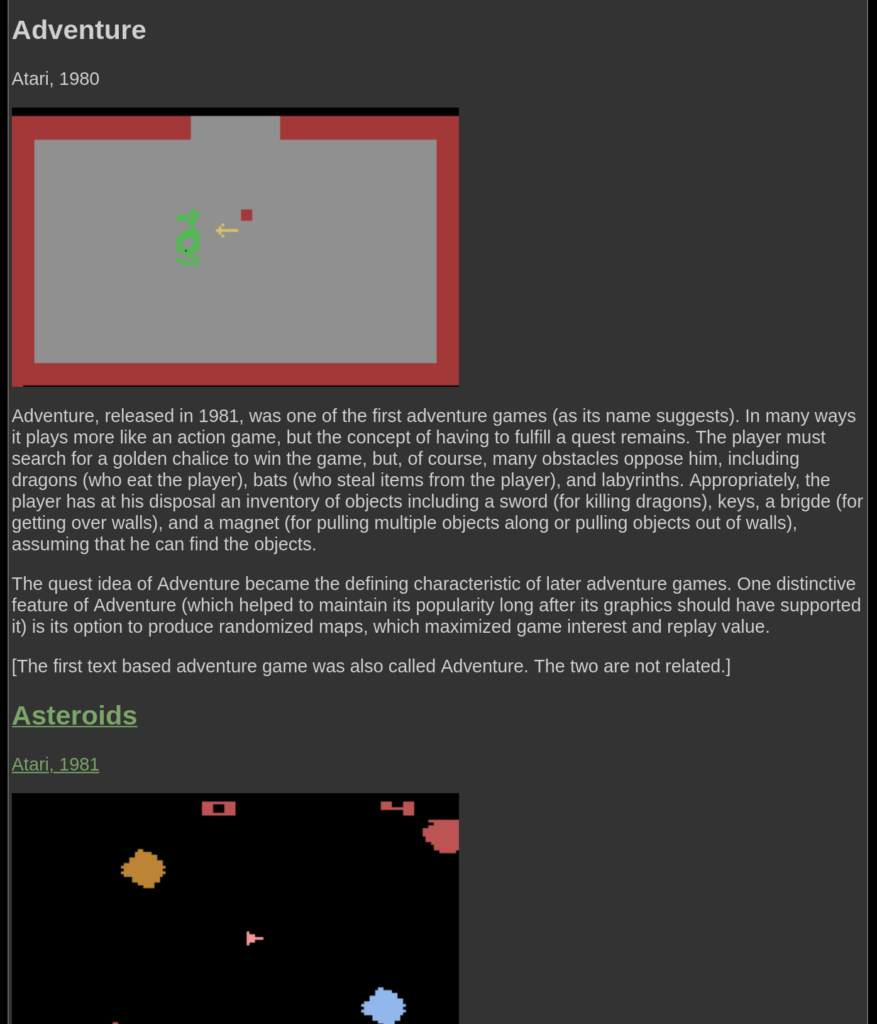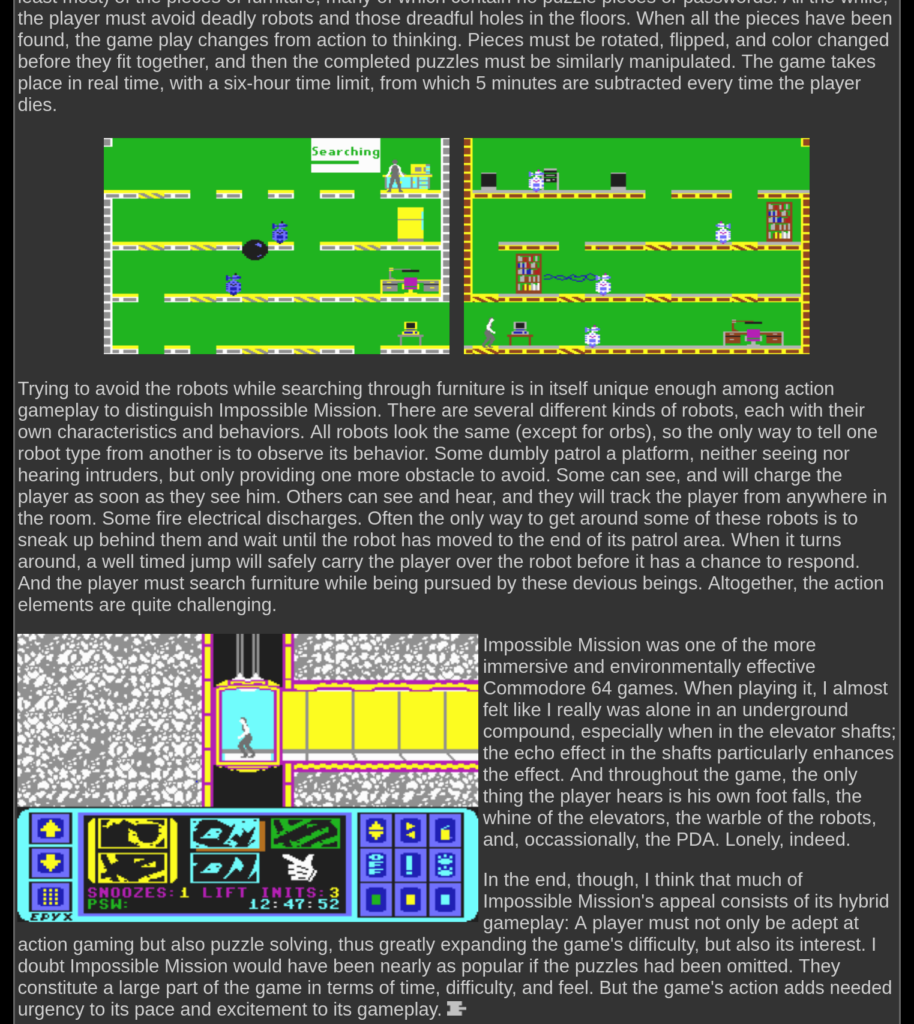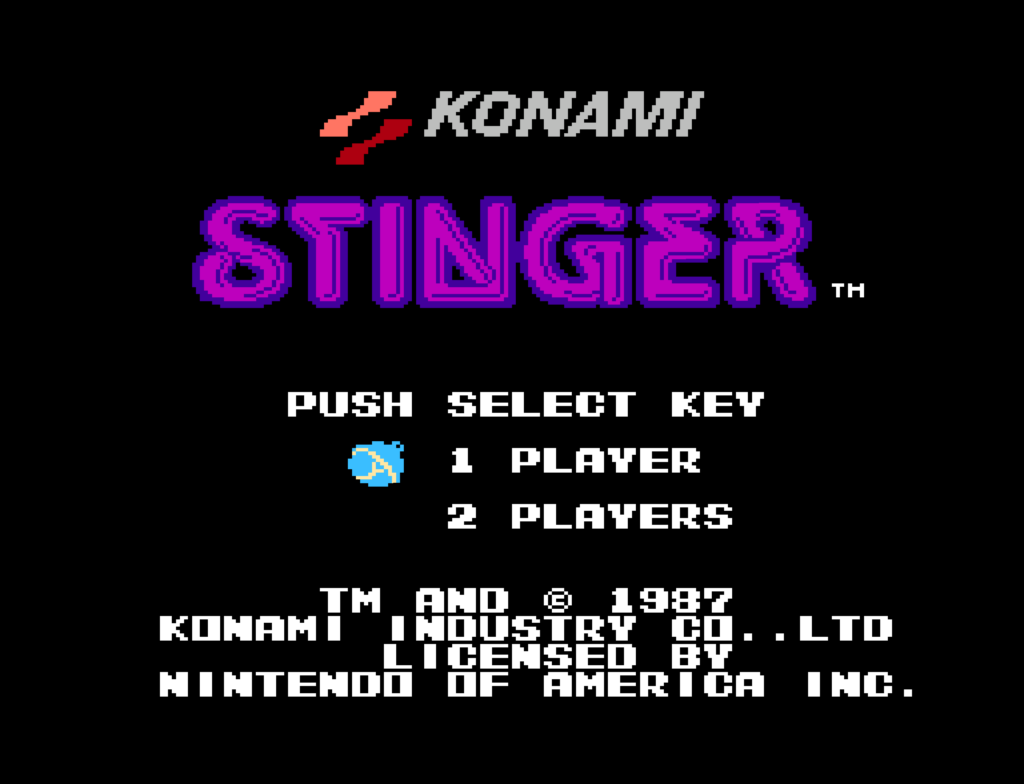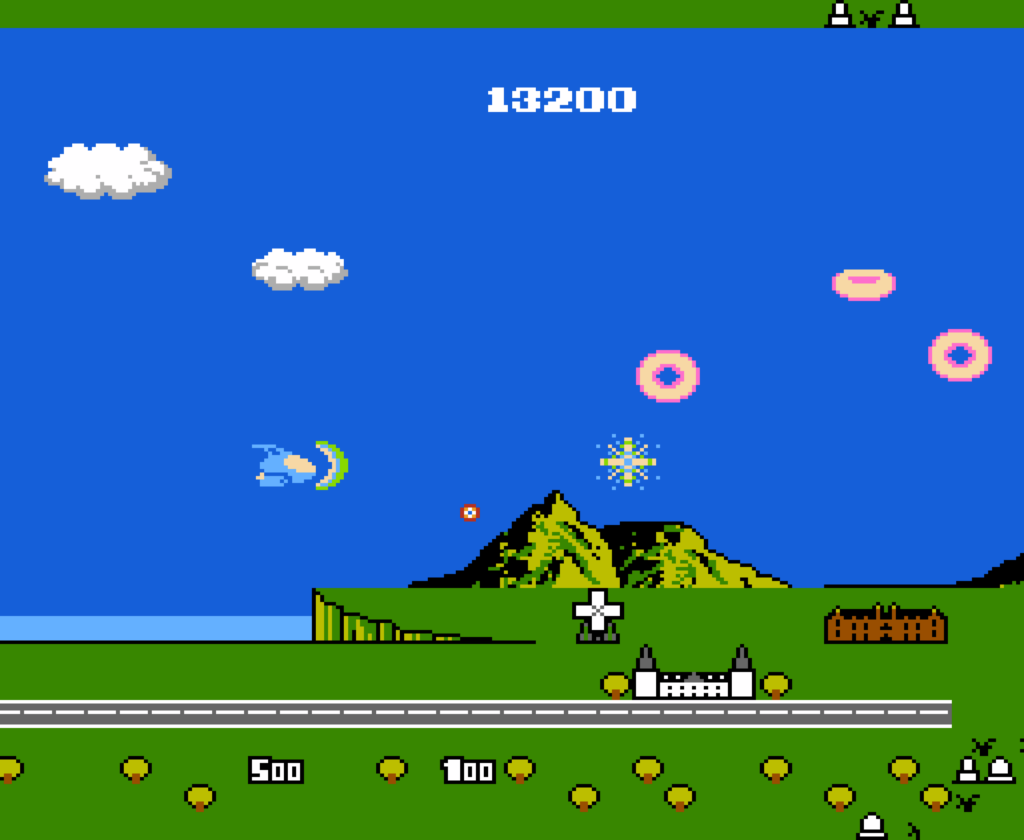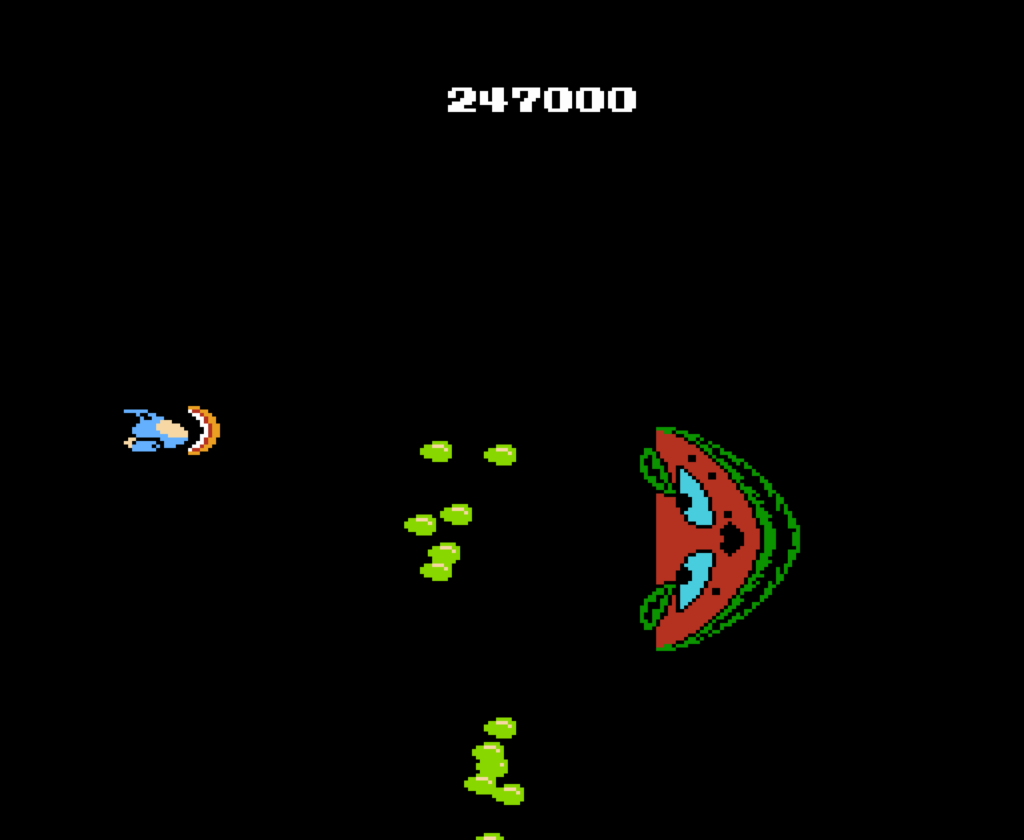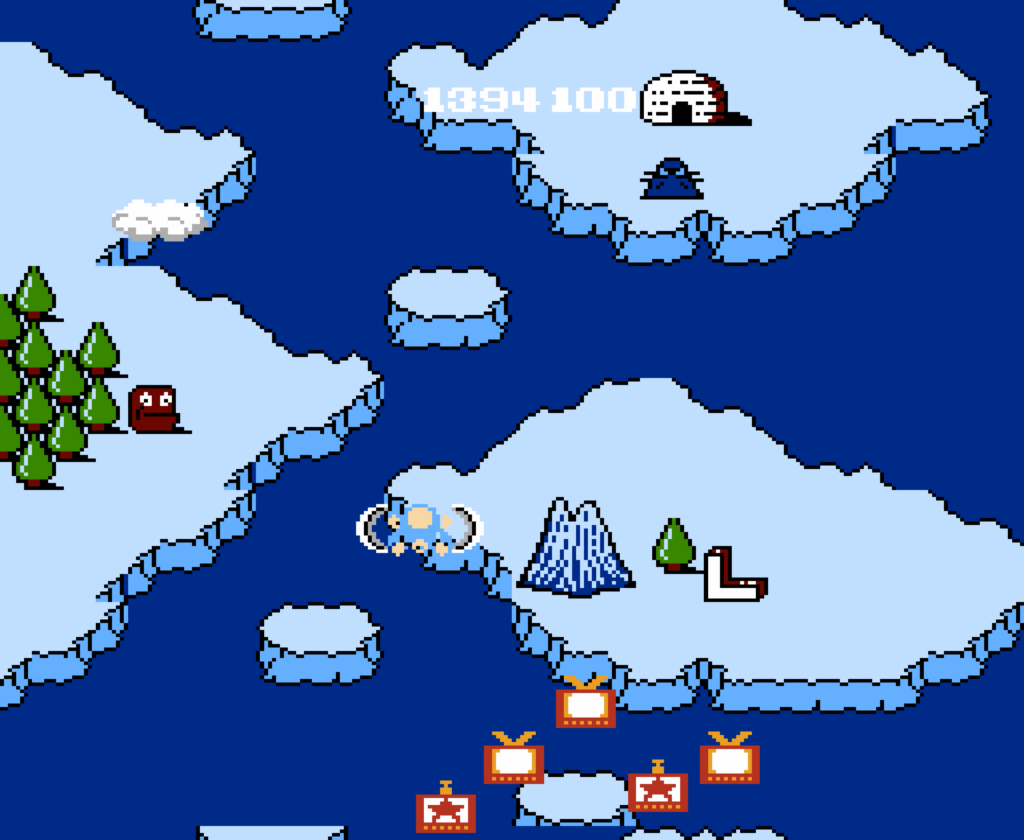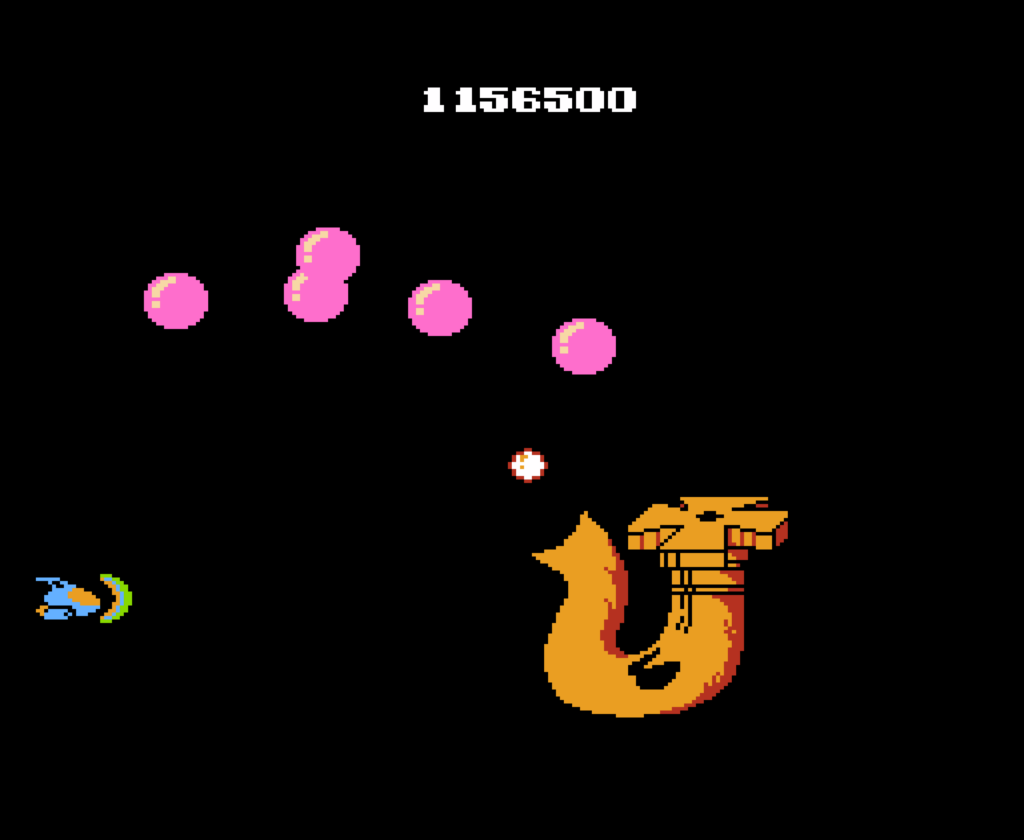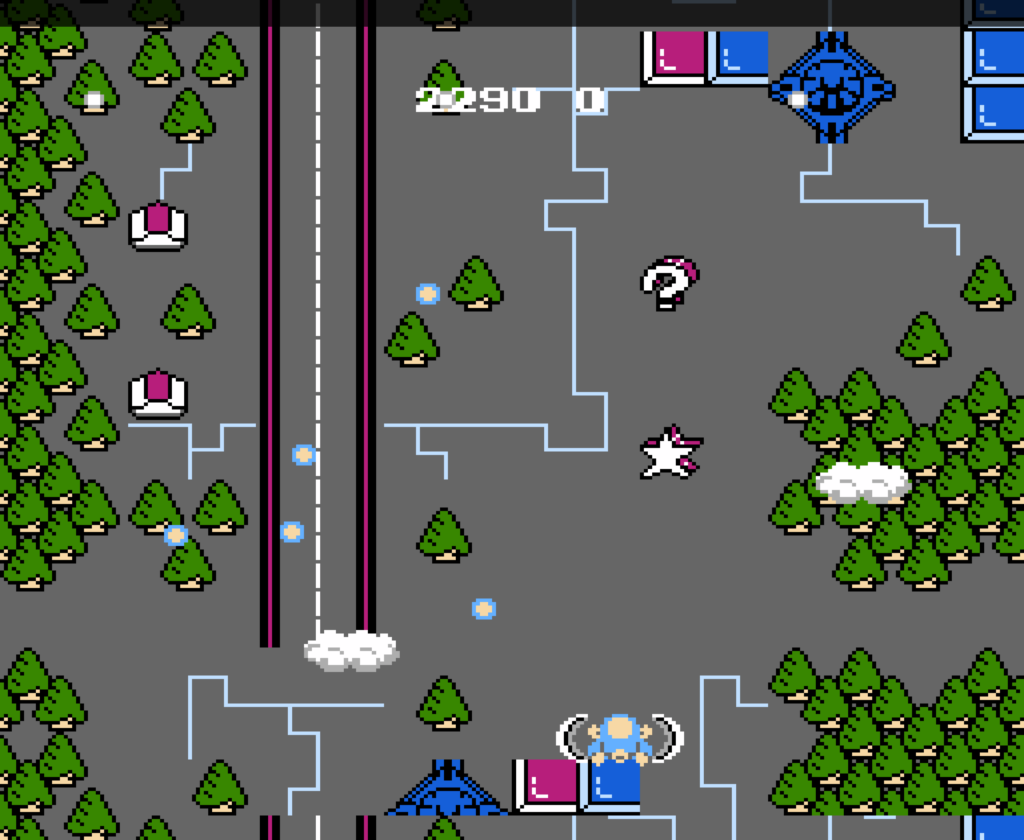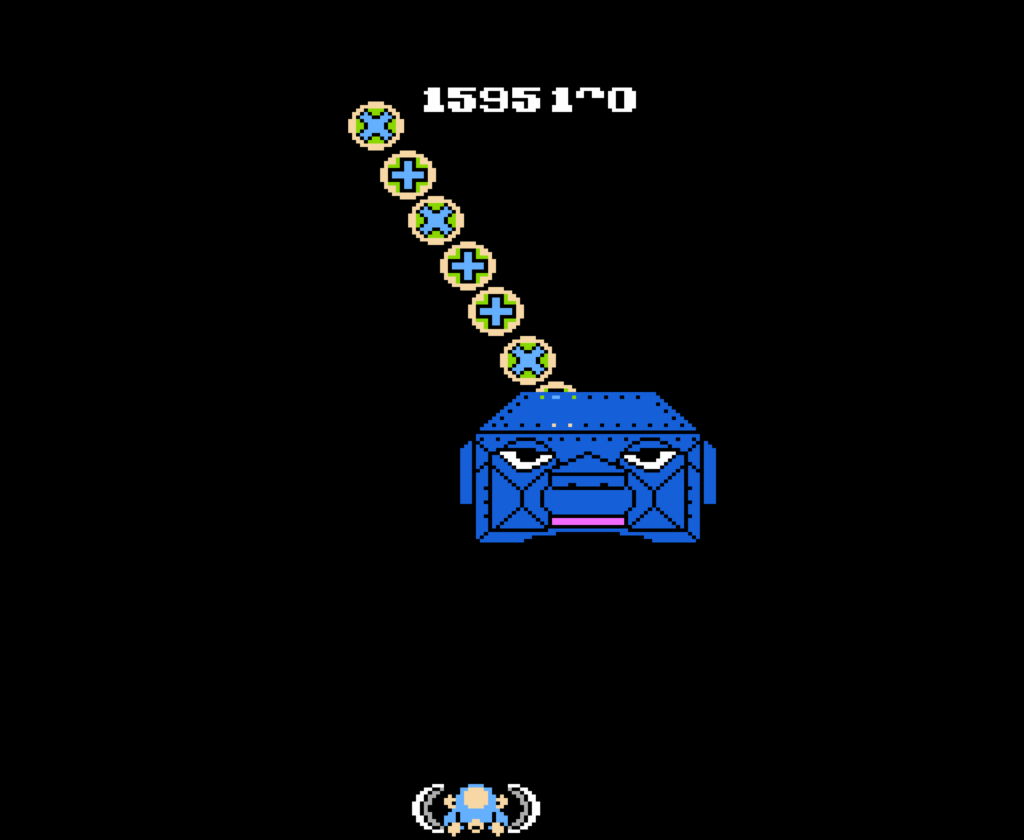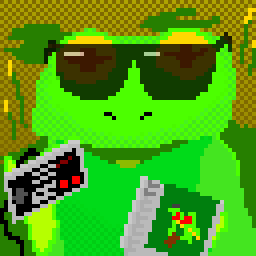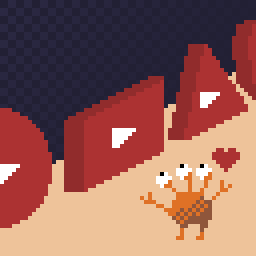RollingCutter over on Youtube has compiled two videos, so far, of unusual and unexpected facts about classic Mega Man titles. First I link the videos (here’s the first, and the second), then some of the more interesting facts from them:
#1 (10 minutes)
#2 (15 minutes)
So, some (but by no means all) of the interesting facts they revealed:
- In Mega Man 2, most of the Robot Masters get healed if you use their own weapons against them (with the exception of Metal Man, who dies in two hits to his weapon).
- With the exception of Mega Man 3, the paths drawn on the map screen between levels of the multi-part Dr. Wily stages roughly match the routes you take through them.
- In Mega Man 10, there are three boss fight rooms between drone enemies that match the weapons and behavior of past bosses from throughout the series. The lit boxes in the background of the fight generally correspond to the numbers of those bosses. For example, the drone that matches the behavior of Elecman, DLN #8, lights up the 8th of those background tiles, counting left-to-right from the top of the screen. Watch the first video for details.
- Mega Man 6 has two instances (one described in each video) where two elements in a stage are linked. In Flame Man’s stage there are oil pools that light up and become deadly if struck by fire from enemies. But one pool late in the level is sometimes already on fire when you reach it. It’s because its state matches that of another oil pool earlier in the level: if that oil pool gets set aflame, then it’ll be on fire too. And in one of the Mr X stages later on, there are balance platforms in the level that match the state you left the same kind of platforms in in the room before.
- In Mega Man 7, the cloud platforms can be frozen or electrified by your weapons. If electrified, they’ll do damage to you for a short time.
- Hitting Heat Man with the Crash Bomber (MM2) heals him and speeds him up. Hitting Spring Man with thunderbolts repeatedly eventually causes him to glitch out and make the level impossible to finish. (You have to use around three full weapon tanks of energy to do it.)
- In Mega Man 3, you usually can’t pause the game while a weapon’s bullets are onscreen, either your default Mega Buster’s shots or those of a special weapon, but they didn’t implement this check when firing shots when Rush is onscreen. If while Rush is onscreen you fire shots, then switch to another weapon, the Buster’s shots will have the properties of the weapon you switched to. In certain places (depicted in the second video) this makes certain enemies must easier to defeat.
- In the Copy Mega Man fight in MM3, where there’s one true boss and two fakes, the first time they appear the top one is always the real one; when the bosses teleport out and back in, the real one always appears one frame before the others.
- In Mega Man 2, if you pause the game while Wood Man’s in the middle of a jump, the boss will immediately jump again in mid-air.
- In my opinion the highlights of the series so far. Mega Man 3 has debug features left enabled in the game, that can be operated using the second controller. This is the reason for the generally-known trick (from Nintendo Power) where you can make Mega Man jump super high, even in the air, using the second controller. And in Mega Man 1, if you’re very high up on the screen in a specific place in Ice Man’s stage (above the score), and jump and quickly move back and forth at the top of your jump, the game can glitch out in surprising ways. The second video has several examples, such as the game resetting or crashing, messing up the palette or graphics, or even immediately starting the Yellow Devil boss fight with incorrect graphics.
- There are certain bosses throughout the series where it’s possible to land a hit on them while their energy bars are filling at the start of the fight. In some cases this results in weird behavior, but in Mega Man 7, you can destroy Spring Man and Turbo Man before the fight starts this way. (Cloud Man can also be damaged this way, but it might cause the game to glitch out.)

